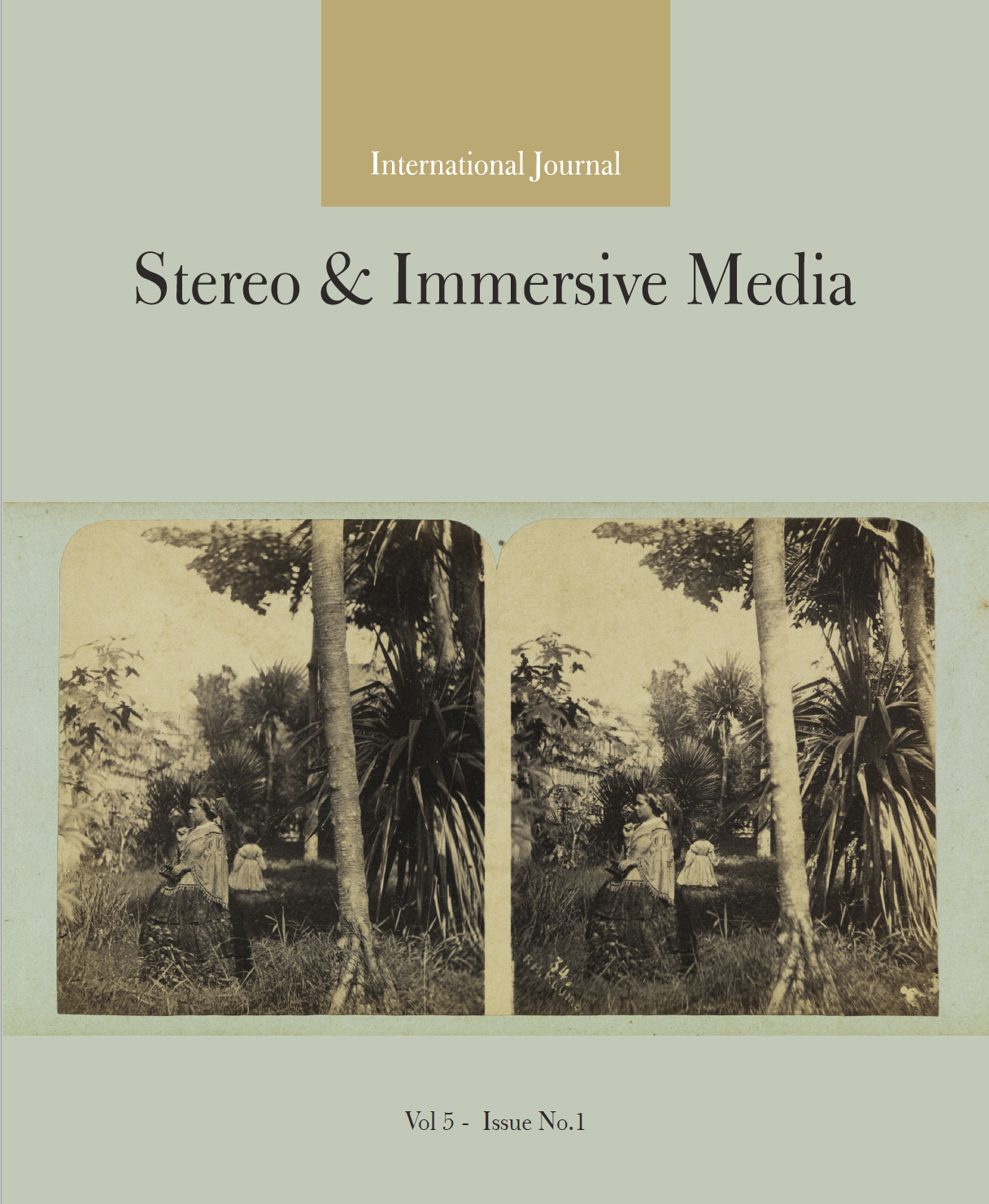3-D: Realist Illusion or Perception Confusion?
The Technological Image as a Space for Play
Abstract
This paper seeks to explore the ambiguities of the devices of stereoscopic imagery both moving and still. Since the invention of the stereoscope there has been the claim that stereoscopic images gave a more complete representation of their objects by adding an appearance of three-dimensionality. However, it has also been acknowledged that stereoscopy creates merely an optical illusion of three-dimensionality, one which presents its own perceptual ambiguities. Moving from the issues raised by Jonathan Crary in his discussion of stereoscopy in The Techniques of the Observer to the history 3-D films, this paper explores how the tension between an illusionist approach of fooling the senses into believing an image and an outright challenge to representation which fosters the contradictions of stereoscopic images has made 3-D a dynamic aesthetic form. I will discuss both commercial films, such as the late Transformers series, as well as avant-garde works by Ken Jacob and The OpenEnded Group (Marc Downie and Paul Kaiser).



